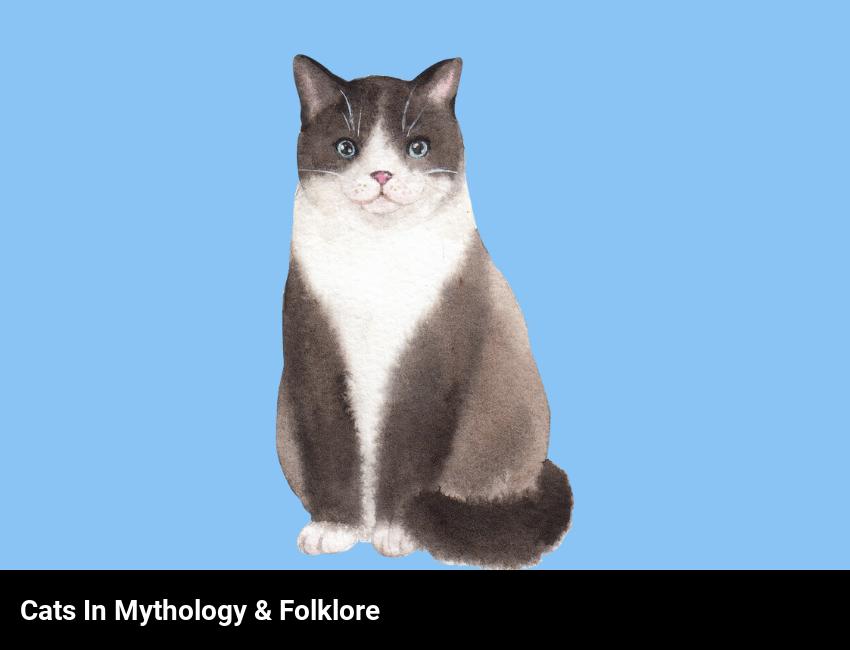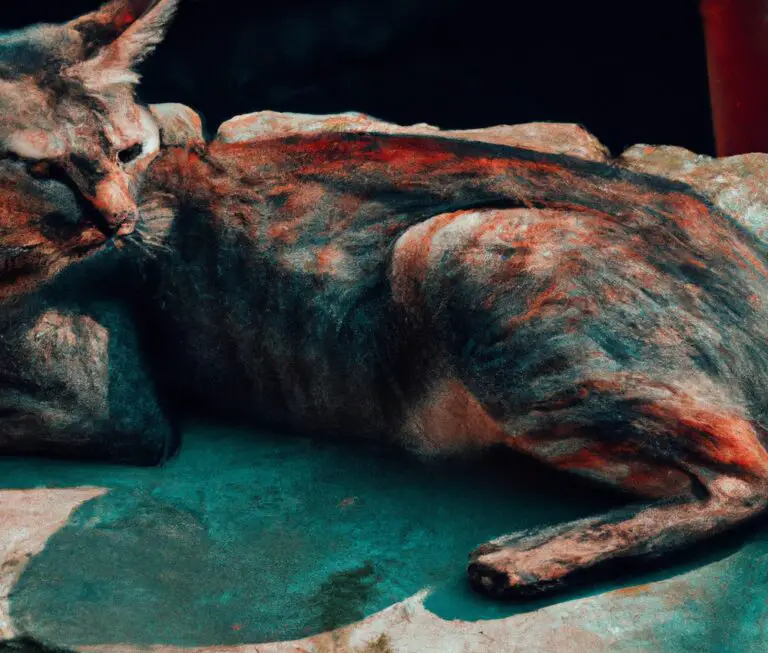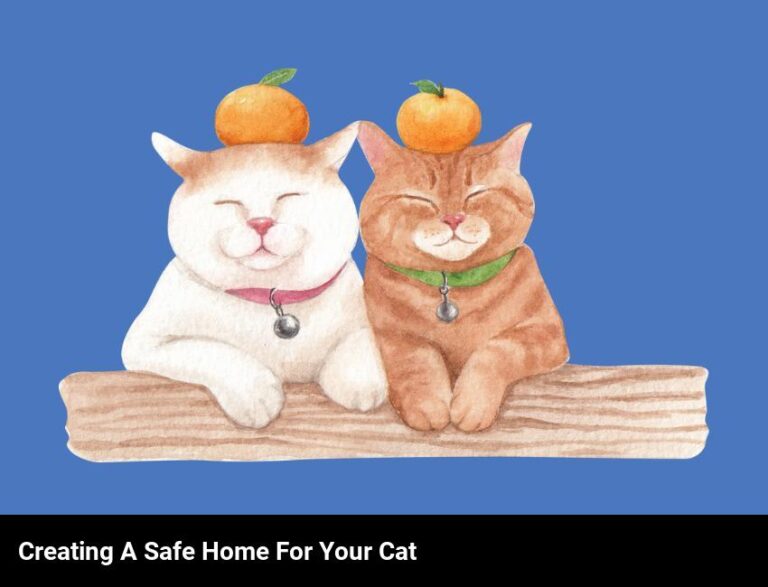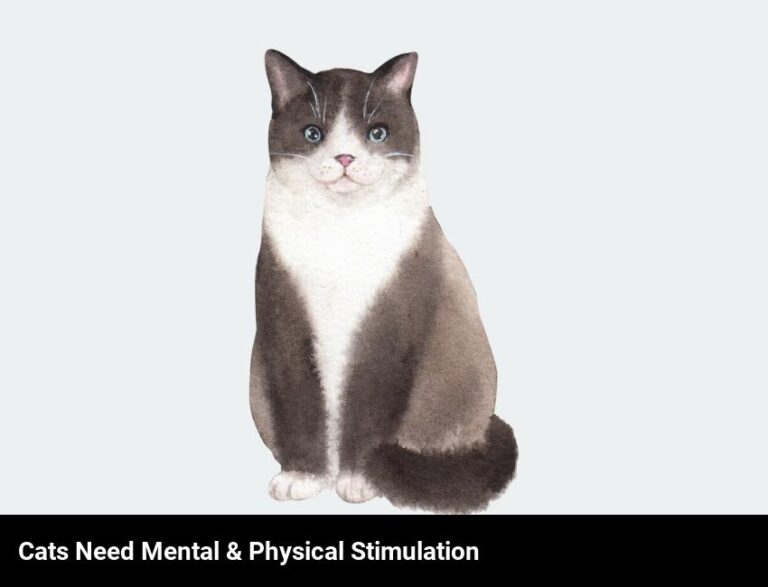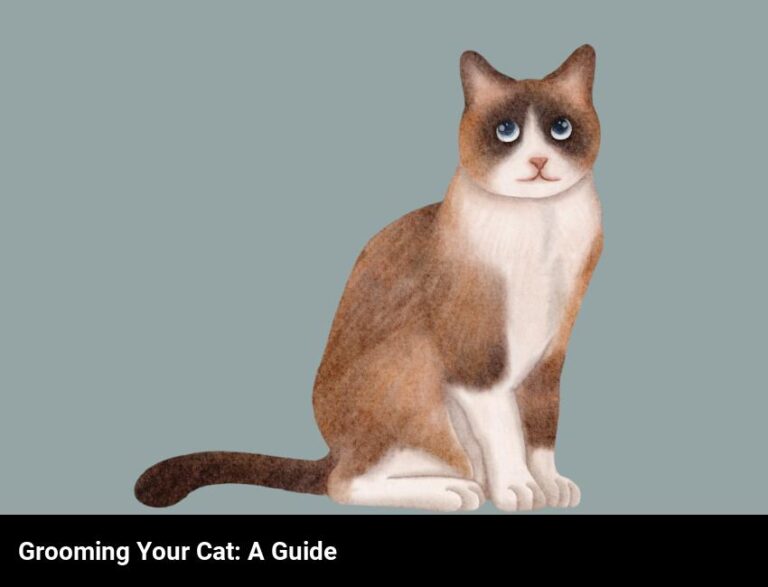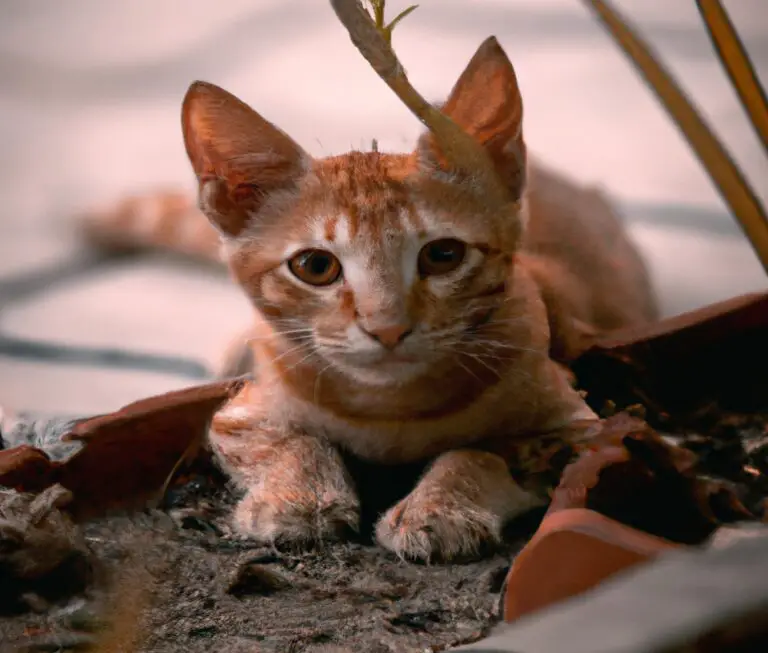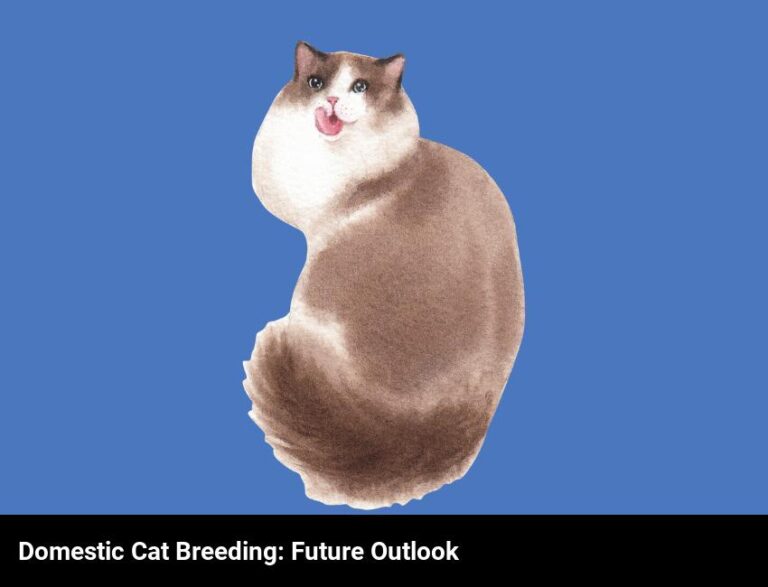The Role Of Cats In Mythology And Folklore
Cats have been a part of mythology and folklore for centuries. They have been associated with deities and have been seen as powerful symbols of luck, protection, and fertility. Cats are often seen as mysterious creatures, with their ability to see the unseen and their supernatural abilities. They are often seen as wise, cunning, and mysterious, and often play a role in stories as both allies and adversaries.
As a cat lover, I have always been fascinated by the role of cats in mythology and folklore. Cats have been a part of human culture for thousands of years, appearing in artwork, literature, and legends from all over the world. From the ancient Egyptian goddess Bastet to the Cheshire Cat in Alice in Wonderland, cats often take on special roles in mythology and folklore.
Cats have traditionally been seen as both benevolent and malevolent creatures, depending on the culture and story. In some mythologies, cats are seen as symbols of good fortune and luck, but in others, they are depicted as a source of mischief and chaos. I’m interested in exploring the significance of cats in different mythologies and folklores, how they are portrayed in art and literature, and what we can learn from their role in these stories.
I hope to answer these questions and more while exploring the role of cats in mythology and folklore. Join me as I delve into the world of cat mythology and discover the fascinating history and symbolism behind these mysterious creatures.
What role do cats play in different mythologies and folklores?
Cats have been present in mythology and folklore from ancient times and often possess supernatural powers and qualities in these stories. In many cultures cats are seen as guardians of the underworld, the supernatural, and even death itself. They are sometimes seen as protectors of sacred places, such as temples and tombs, and are believed to be able to ward off evil spirits and bad luck.
Cats also appear in many creation stories as symbols of fertility, as they were seen as being able to bring good fortune, abundance, and even immortality. For example, in ancient Egypt, the goddess Bastet was often depicted with a cat’s head and was believed to bring prosperity, fertility, and even resurrection.
In other cultures, cats are symbols of wisdom, and are associated with witches, shamans, and other mystical figures. They are often seen as wise advisors and teachers, who can impart ancient knowledge and hidden secrets. In certain beliefs, cats have the ability to see into the future and can bring luck and guidance to their owners.
In some cultures, cats are also seen as living embodiments of gods, goddesses, and spirits. For example, in Japan, cats are seen as representatives of the goddess of mercy and are often used in festivals and rituals to bring about good luck and protect people from harm.
Cats have been an important part of mythology and folklore for centuries, and they continue to inspire stories and beliefs today. Whether you believe in their mystical powers or not, it’s clear that cats have always been deeply connected to our human culture and have been seen as powerful and significant symbols in many different cultures.
How is the significance of cats in mythology and folklore portrayed in different cultures?
Throughout the world, cats have been venerated for centuries in mythology and folklore. In some cultures, cats are seen as mysterious creatures that embody good luck and fortune, while in others they’re revered as gods or goddesses. So, how is the significance of cats in mythology and folklore portrayed in different cultures?
In ancient Egypt, cats were seen as gods because of their power to protect against evil spirits. They were even mummified and buried in temples. In Japan, cats are considered to be lucky charms, and are believed to bring good luck and fortune. In Korea, cats are believed to ward off evil spirits and bring good fortune. In India, cats are seen as symbols of fertility and creativity.
In Europe, cats were seen as supernatural creatures that could bring both good and bad luck depending on their color. Black cats were seen as good luck while white cats were seen as bad luck. In the Americas, cats were seen as familiars of witches and were believed to be able to help witches cast spells.
In some cultures, cats are associated with death and the afterlife. In Mexico, cats were believed to be the messengers of the gods who would guide the souls of the dead to the afterlife. In China, cats were seen as protectors of the dead and were believed to guard their souls.
No matter the culture, cats have been revered in mythology and folklore for centuries. From being seen as gods in ancient Egypt to being seen as protectors of the dead in China, cats have been seen as powerful and mysterious creatures that bring good luck and fortune.
Are cats seen as benevolent or malicious in mythology and folklore?
Cats are seen as both benevolent and malicious in mythology and folklore. It really depends on the culture and the story being told. In some stories, cats are viewed as wise, sacred animals who protect people, while in other stories they are seen as bringers of bad luck or even as sinister shape-shifters.
In some cultures, cats are seen as protectors of the home, bringing good luck and prosperity to the family. For example, in ancient Egypt, cats were seen as the protectors of the home and were often associated with the goddess Bastet, who had the head of a cat and a body of a woman. This association was so strong that killing a cat was a crime punishable by death.
In other cultures, cats are seen as agents of misfortune and chaos. In folklore, cats are often seen as shape-shifters who use their magic to bring bad luck or ill fortune to people. In some stories, cats are seen as the familiars of witches, working to cast spells and bring misfortune to their enemies.
Regardless of the culture or story being told, cats remain a mysterious and powerful force in mythology and folklore. Whether seen as protectors or agents of chaos, cats are often seen as powerful, mysterious creatures who play a key role in the stories they are featured in.
How have cats been depicted in art and literature throughout the centuries?
Cats have been a source of fascination throughout the centuries, appearing in many forms of art and literature. Even in ancient times, cats were celebrated in myths and folklore. Here’s a look at how cats have been depicted in art and literature over the centuries.
In Ancient Egypt, cats were revered as gods, and they were even mummified and buried with their owners after death. Images of cats have been found on the walls of ancient temples and tombs, showing their importance in Egyptian culture.
In Medieval Europe, cats were sometimes portrayed as evil familiars and symbols of witchcraft. However, cats were also seen as helpful creatures, and were credited with helping to protect crops from pests. In this era, cats often appeared in art and literature as wise advisers to kings and other powerful figures.
During the Renaissance, cats were popularized in art and literature as mischievous, playful creatures. They were often shown in paintings with mice, playing pranks and getting up to all sorts of antics.
In the modern era, cats have been depicted in a variety of ways. In literature, cats are often seen as mysterious, wise creatures, with magical powers. In art, cats appear in a variety of styles, from cartoonish to realistic.
Cats have been a source of fascination for centuries, and their role in art and literature is a testament to their enduring popularity. From ancient times to the present day, cats have been depicted in a variety of ways, showing their importance in culture and folklore.
What are some of the most famous cats in mythology and folklore?
Cats have been part of mythology and folklore for centuries, and there are some famous cats that have been part of these stories for just as long. From ancient Egypt to modern Japan, cats have been featured prominently in the stories and legends of many cultures. Here are some of the most famous cats in mythology and folklore:
- Bastet, the Egyptian Cat Goddess: The ancient Egyptians worshiped Bastet, a cat-headed goddess associated with protection and fertility. She is often depicted with a cat’s head, but sometimes with a woman’s body and a lion’s head. She is also sometimes referred to as Bast.
- Maneki Neko, the Japanese Lucky Cat: Maneki Neko is a popular Japanese symbol of good fortune, often seen in shops and restaurants. This lucky cat is usually depicted with one paw raised, beckoning to customers and good luck.
- Puss in Boots: This famous character from the fairytale “Puss in Boots” is a loyal, clever cat who helps his master achieve great success. He is often seen wearing a pair of boots and a feathered hat.
- The Cheshire Cat: The mysterious Cheshire Cat is a popular character in Lewis Carroll’s “Alice in Wonderland”. He is known for his mischievous grin and ability to disappear and reappear at will.
- Maru, the Japanese Cat: Maru is a popular Japanese cat who is famous for its love of boxes. Videos of Maru playing in and around boxes have become internet sensations, with millions of views.
These are just a few of the most famous cats in mythology and folklore. Whether you’re a fan of the clever Puss in Boots or the mysterious Cheshire Cat, cats have been a part of culture for centuries, and their stories and legends are sure to remain for many more to come.
What can we learn from the role of cats in mythology and folklore about our relationship with animals?
When we examine the role of cats in mythology and folklore, we can see some fascinating insights into our relationship with animals. From Ancient Egypt to modern day, cats have been celebrated and revered, with their roles in mythology and folklore often demonstrating a sense of mutual respect between people and animals.
In Ancient Egypt, cats were so highly regarded that it was a crime to kill them. Cats were venerated and thought to be the souls of the dead returning to the world of the living. This reverence and respect for cats has trickled down through the centuries, with cats being seen as powerful, intelligent, and mysterious creatures.
Cats are also often portrayed as a conduit between the natural and supernatural worlds. In fairy tales, cats often possess magical powers and are entrusted with important tasks. They are seen as wise and cunning, able to outsmart even the cleverest of humans. This aspect of our relationship with cats reflects a deep trust and understanding of the animal kingdom.
Cats are sometimes seen as totems or guides, with their loyalty and independence representing the same qualities in us. To this day, cats remain popular subjects of mythology and folklore, with their strong presence a reminder of our connection to nature.
From Ancient Egypt to the present, cats have been a source of comfort, guidance, and companionship to humans. Our relationship with cats, and with animals in general, reflects the importance of coexistence and understanding. By examining the role of cats in mythology and folklore, we can gain a deeper understanding of our own relationship with animals.
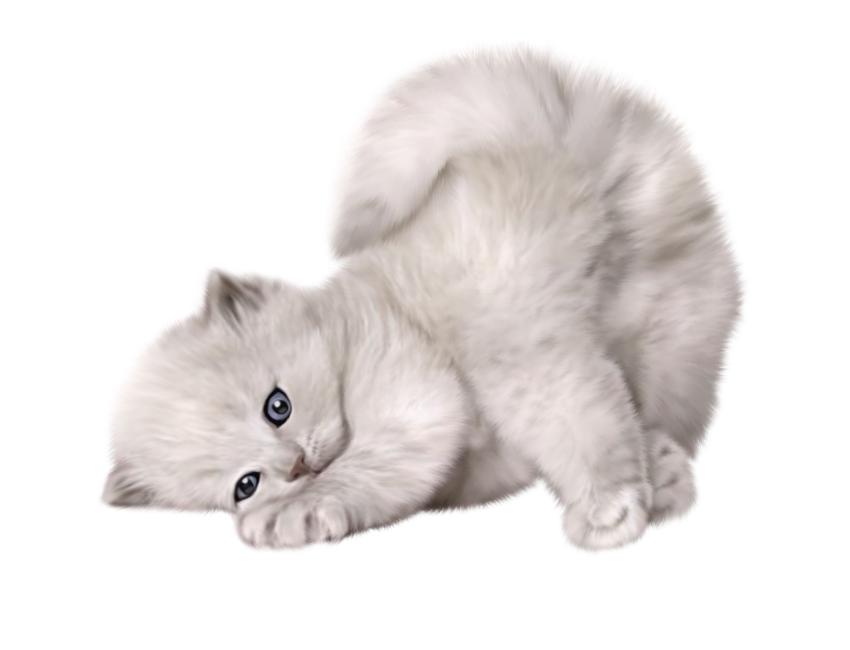
Frequently Asked Questions
How have cats been viewed differently in different cultures throughout history?
Cats have long been viewed differently in different cultures throughout history. In Ancient Egypt, cats were seen as a symbol of divinity, while in many cultures they are seen as symbols of the supernatural and even bad luck. In medieval Europe, cats were often seen as symbols of witchcraft and devilry, while in Asia they are seen as symbols of luck and protection. In the Americas, cats are seen as symbols of strength and power. Clearly, cats have had a variety of meanings across cultures and throughout history.
What are some of the most intriguing cat-related myths and legends?
Cat-related myths and legends are some of the most fascinating tales from around the world. In many cultures, cats are seen as symbols of good luck, while in others they are thought to have mystical powers. In Ancient Egypt cats were revered as divine, while in Japan cats are said to have the power to bring good fortune. In some cultures, cats are seen as supernatural guardians and in others they are thought to be capable of taking on human form. Cats have been an integral part of mythology and folklore for centuries, and their mysterious nature has captured the imaginations of people around the world.
What is the significance of cats in our society today?
Cats are seen as symbols of independence, mystery and freedom in our society today. They represent a certain level of grace and intelligence, and are often appreciated for their unique personalities. Cats are also seen as protectors and friends, providing loyalty, companionship and comfort to many. Overall, cats can bring a sense of joy and peace to our lives and are cherished for their beauty, intelligence and affection.

